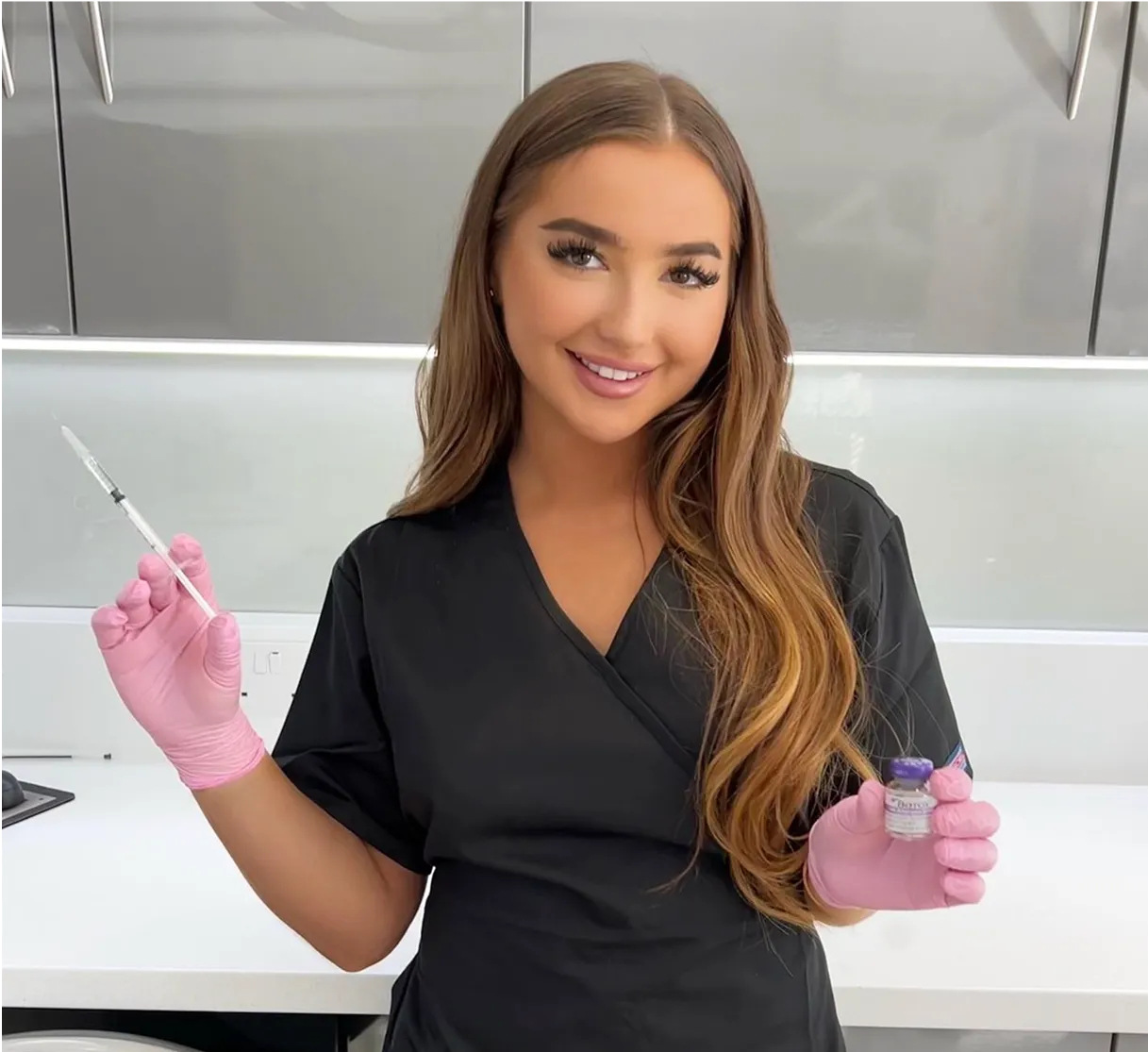Dermal fillers have gained a lot of attention in recent years, mainly for enhancing lips. However, their benefits go far beyond just lip augmentation.
When done correctly, fillers can restore lost volume, contour the face, and rejuvenate the skin, creating a refreshed yet natural look. This guide will break down what dermal fillers can do, how they work, and what to expect from the treatment.
What Are Dermal Fillers?
Dermal fillers are injectable gels made from substances like hyaluronic acid (HA), a naturally occurring molecule in the skin that retains moisture and adds volume. Fillers can be used to enhance, restore, and define various facial features.
How Fillers Can Contour the Face Naturally
Many people assume fillers are only for adding exaggerated volume, but they are a versatile tool used for subtle enhancements. A skilled injector can:
Restore volume in the cheeks – Loss of collagen and fat can cause a sunken or tired appearance. Fillers can restore a youthful fullness.
Define the jawline and chin – Strategic placement can improve definition and create a more structured profile.
Smooth nasolabial folds (smile lines) – Over time, these lines deepen due to collagen loss. Fillers soften their appearance.
Rejuvenate under-eye hollows – Loss of volume under the eyes can lead to a tired look. Fillers can refresh the area.
Correct asymmetry – Fillers can subtly adjust imbalances in facial features.
What Makes a Well-Done Filler Treatment?
A good filler treatment is undetectable—it enhances your natural features without making you look “done.” The key factors include:
Customisation – No two faces are the same, so the approach should be tailored to individual needs.
Subtlety – Small amounts placed strategically can create the best results.
Balance – A good injector focuses on overall harmony rather than over-filling one area.
Quality of product – High-quality, reputable brands like Juvederm, Restylane, or Teosyal ensure longevity and safety.
Longevity and Maintenance
The longevity of dermal fillers depends on several factors, including the type of filler used, the treatment area, and individual metabolism.
On average:
Lip fillers last 6–12 months.
Cheek and jawline fillers last 12–18 months.
Under-eye fillers last 9–12 months.
To maintain results, touch-up treatments may be needed, but less product is usually required over time as collagen stimulation occurs.
The Treatment Process: What to Expect
1. Consultation
A professional will assess your face, discuss your goals, and determine the best approach.
2. Preparation
The area is cleaned, and a numbing cream may be applied for comfort.
The injector marks the areas where filler will be placed.
3. Injections
The filler is injected with precision using a fine needle or cannula.
You may feel a mild pressure but minimal discomfort.
4. Aftercare
Avoid alcohol and excessive touching of the area for 24 hours.
Swelling or bruising is common but subsides within a few days.
Full results are visible after 1–2 weeks.
Common Myths About Dermal Fillers
1. "Fillers Make You Look Fake"
When done correctly, fillers enhance rather than alter your appearance. Overdone results usually stem from poor technique or excessive product.
2. "Once You Start, You Can’t Stop"
Fillers gradually break down over time, and if you choose not to continue treatments, your face will return to its natural state.
3. "Fillers Are Permanent"
Hyaluronic acid fillers are temporary and can even be dissolved if needed.
4. "They’re Only for Women"
Men increasingly use fillers for jawline enhancement, under-eye rejuvenation, and overall facial balancing.
Is It Right for You?
If you’re looking to refresh your appearance while maintaining a natural, balanced look, dermal fillers can be an excellent solution.
Still unsure? A free 15-minute consultation can help determine what’s right for you. Book your appointment today to explore your options.














